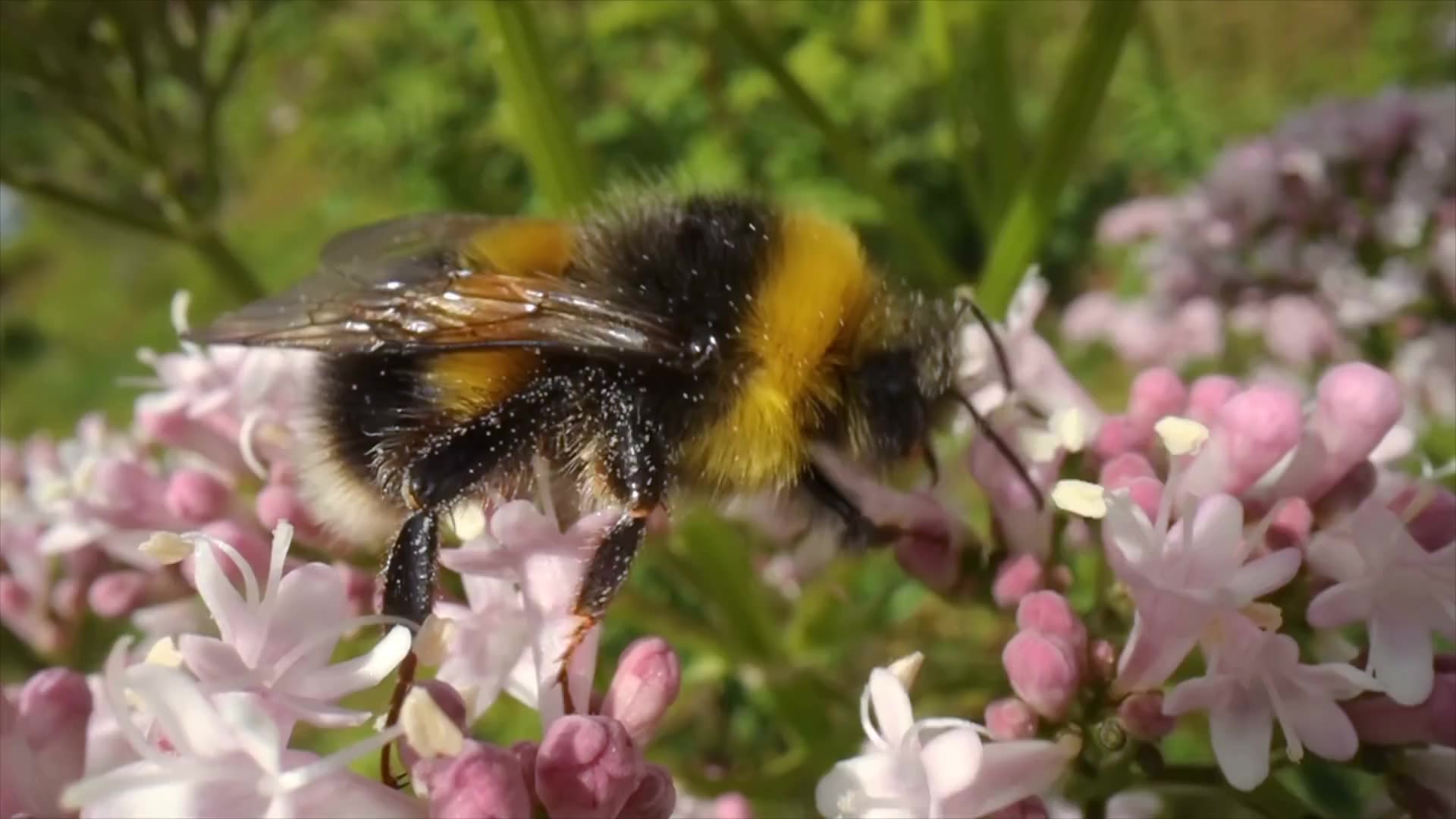Consuelo De Moraes
Consuelo De Moraes
World Wonderer
Chemical ecologist’s observations give insights to the link between insect behavior and environmental patterns

Over a Zoom call from Switzerland, Consuelo De Moraes shows a video of a bumblebee nibbling on a leaf in a semicircular motion, a behavior that accelerates the flowering process when pollen is scarce. As she explains the movements of the bumblebee, she is wide-eyed and unreservedly fascinated.
This insect behavior is one of the latest discoveries for De Moraes, a chemical ecologist and full professor who directs the Laboratory of Biocommunication and Entomology at ETH Zürich. She co-led the research with Mark Mescher, an evolutionary biologist at the same university.
De Moraes and Mescher met at the University of Georgia while they were earning their doctoral degrees in entomology. De Moraes graduated from the College of Agricultural and Environmental Sciences in 1998 and Mescher in 2001.
She’s often asked how this behavior was never observed before, but “it is a somewhat surprising behavior that is easy to miss if you are not looking for it,” she said.
At the end of the day, the sense of discovery drives De Moraes.
“It’s the best. It’s like being a kid, right? I want to see things that nobody’s seen and that I have never seen,” she said. “In science, I think it is really important to be open to unexpected results because they often lead you in exciting new directions. If the really interesting things were easy to predict, others would have probably already found them.”
“In science, I think it is really important to be open to unexpected results because they often lead you in exciting new directions,” said Consuelo De Moraes. (Photo by Hannier Pulido/DeMoraes and Mescher Laboratories)
“In science, I think it is really important to be open to unexpected results because they often lead you in exciting new directions,” said Consuelo De Moraes. (Photo by Hannier Pulido/DeMoraes and Mescher Laboratories)

Unlike many other kids in her native Brazil, De Moraes welcomed bugs in her room. She gathered eggs, watching them become butterflies and relishing the excitement of metamorphosis. She also stuck around her biochemist father’s lab. Her mother was a professor of Portuguese literature, and later, the principal at a model school for disadvantaged children.
“I grew up in a house where reading and intellectual exploration were very much incentivized, and I’m very grateful for that,” she said.
The passion she developed for insects and their behaviors and ecology brought her to CAES after she earned her undergraduate degree in Brazil. Before joining ETH Zürich in 2013, De Moraes was a member of the Department of Entomology at Penn State. She was recently honored by the UGA Graduate School as a distinguished alumnus.
During her doctoral work, De Moraes discovered that when insect herbivores, like caterpillars, feed on plants, the plants produce a chemical signal that attracts the insects’ enemies, like parasitoid wasps. The wasps receive the message, then they lay eggs inside the caterpillars, killing them — a finding that could be applied to sustainable pest control in agriculture.
There was already evidence that odors from herbivore-damaged plants could attract wasps, but the specificity of the signals De Moraes discovered was new and surprising. She found that specialist wasps could distinguish the odors of plants attacked by a particular caterpillar host from those being attacked by other, closely related species.
Parasitic wasps have since become De Moraes’ favorite insect for their “bizarre” lifestyle — they require another insect to incubate their eggs.
Parasitic wasp eggs grow on a tomato hornworm.
Parasitic wasp eggs grow on a tomato hornworm.
While at ETH Zürich, she worked on another groundbreaking project: tackling malaria by collecting smell profiles of 1,500 school-aged children in Kenya.
Malaria is caused by a mosquito-borne parasite, and De Moraes said there is a pressing need for efficient diagnostic methods that can be used to screen human populations and identify asymptomatic infections, which play an important role in transmission.
Odor cues have significant potential in this regard, she said. Her group found that malaria infection causes consistent changes in human odors. De Moraes discovered that odor cues produced specifically when the parasite reaches its transmissible stage may enhance mosquito attraction, favoring transmission of the pathogen.
While practical diagnostic methods based on these findings have yet to be developed, she is optimistic about the prospects for using volatile cues to diagnose malaria and other diseases.
“The exciting thing about this is that our methods can potentially predict disease status more precisely than existing rapid diagnostic assays and without needing to collect and analyze blood samples,” De Moraes said.
News media may republish this story. A text version and art are available for download.







